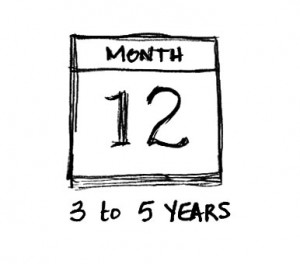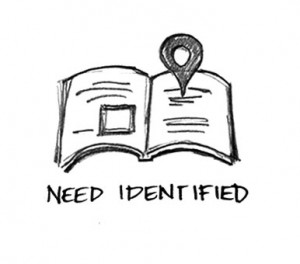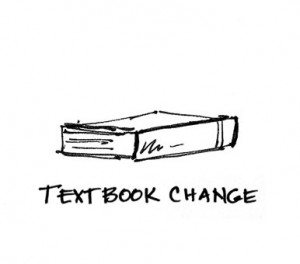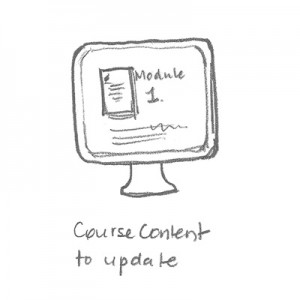1. Course Maintenance is initiated
Course Maintenance of standard web and print courses is initiated by recommendations from:
- Associate Dean
- Program Coordinator
- OLFM
- Curriculum Services
- Another Open Learning department
A Brief Report may be requested of the OLFM to determine the scope of course updating required.
Courses are reviewed every 3 to 5 years to assess their need for maintenance or major revision. However, we welcome information and recommendations from OLFMs at any time to advise us of course content needs.
2. Course needs are defined
Course updates that will be completed through Course Maintenance are characterized by the following:
- The course is offered through STANDARD WEB or PRINT delivery methods.
- Required updates do not change the amount of work done by the student or the OLFM.
- Relative weightings of assessments remains unchanged.
- Changes to course content reflect more current knowledge in the subject and topic areas.
- Changes to course content maintain the course design and how learning activities, discussions, quizzes, assignments and other components are structured.
- Updates are true to the current, approved learning objectives and course description.
Course Maintenance may involve the following:
- matching references in the content to new resources used, for example, referring students to certain sections and chapters
- rewriting or updating portions of units, modules, quizzes, self-tests, or discussions
- rewriting or updating practice exam and final exams and answer keys, assignments and answer keys, and the OLFM Guide
- reviewing and recommending use of third party resources; highlighting copyright permissions that may be required
- reviewing media components: graphics, video
Updates to the Course Guide are usually done by Curriculum Services. This is an “internal” document and typically does not require the expertise of the OLFM.
3. Curriculum Services partners with an OLFM
- Curriculum Services and the OLFM agree upon the details of what is to be updated and the deliverable dates.
- Curriculum Services prepares a Work Assignment outlining these details.
4. The OLFM updates the course components and returns files to Curriculum Services (curriculumservices@tru.ca)
Word files and any other necessary materials (new textbook, images and media files, etc.) are typically provided to the OLFM.
Using Track Changes, the OLFM makes the necessary changes.
5. The course is prioritized for editing, copyright, media services and technical publication
EDITING: Once the updated files are returned to Curriculum Services, an editor is assigned to the course for substantive and/or copy editing. The Editor communicates with the OLFM as needed during the editing process.
COPYRIGHT: The Copyright team reviews the course files to account for any third party material use. Subsequently, the Copyright team works to secure appropriate permissions and terms of use for these items. Legality, stability, economy, and integrity are desirable in third party materials used in Open Learning courses. Information about Copyright can be found at https://www.tru.ca/ipo/basics.html.
MEDIA: The Media team may assist with updating graphics and links to digital media.
PRODUCTION/PUBLICATION: The E-Learning Support Technicians in the Production Team are responsible for updating the course in the learning environment.
For details on the various functions of the Curriculum Services team, please click and read: Roles of Curriculum Services Teams
6. The Course is signed off and made available to students
After a series of reviews between the Production Team and Curriculum Services, the updated course is signed off by the Associate Director of Curriculum Services.
An email communication is sent out to the Associate Dean or Program Coordinator, the Instructional Designers, the Director of Curriculum Development, and the staff of the Curriculum Services department.
The Curriculum Assistants communicate to the Open Learning Resource Coordinator and Program Delivery that the course is ready for students.
Program Delivery completes the communication circuit by advising OLFMs and others that the course is updated and available.
Curriculum Services coordinates the release of the updated course with the Program Delivery Department.



